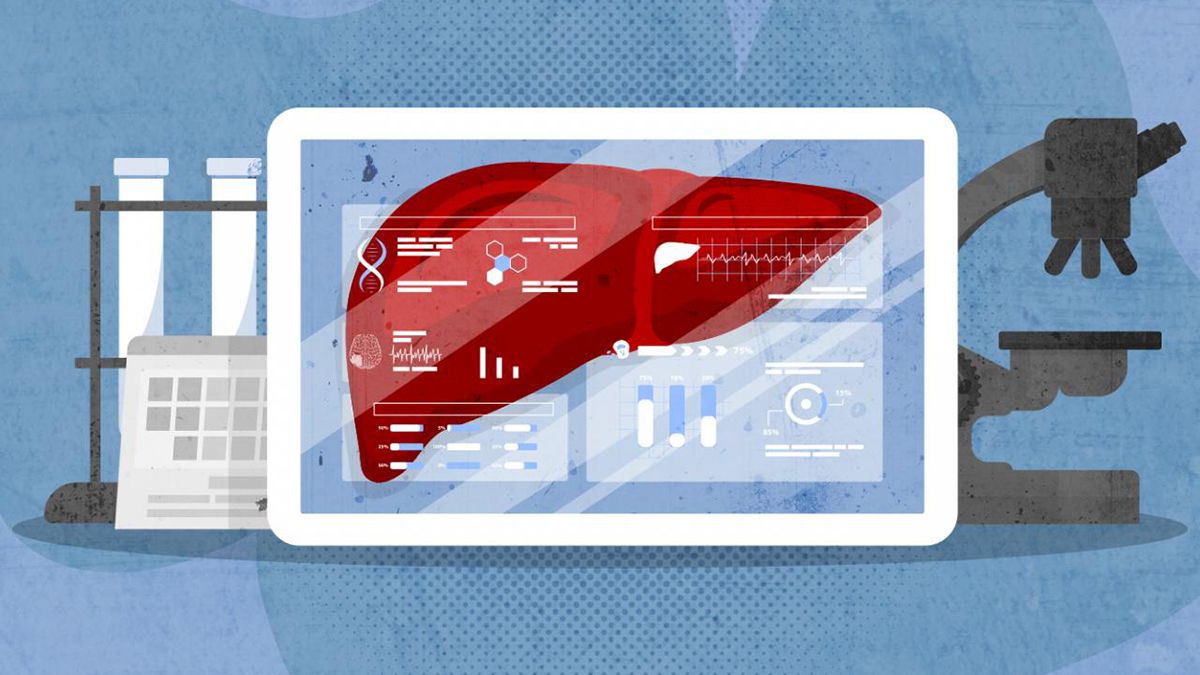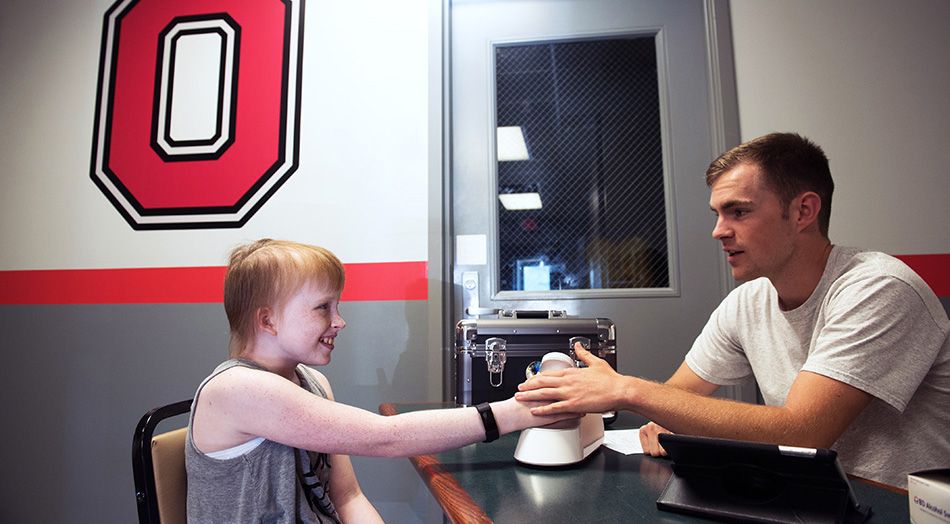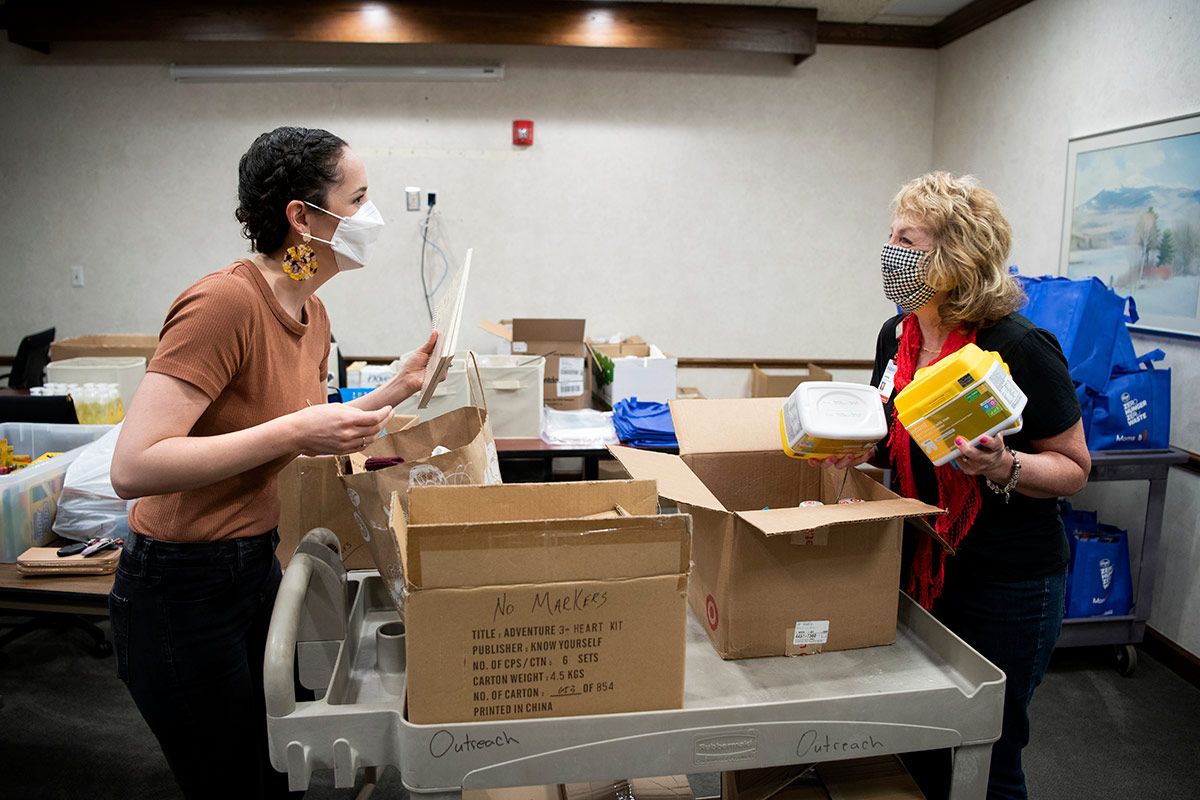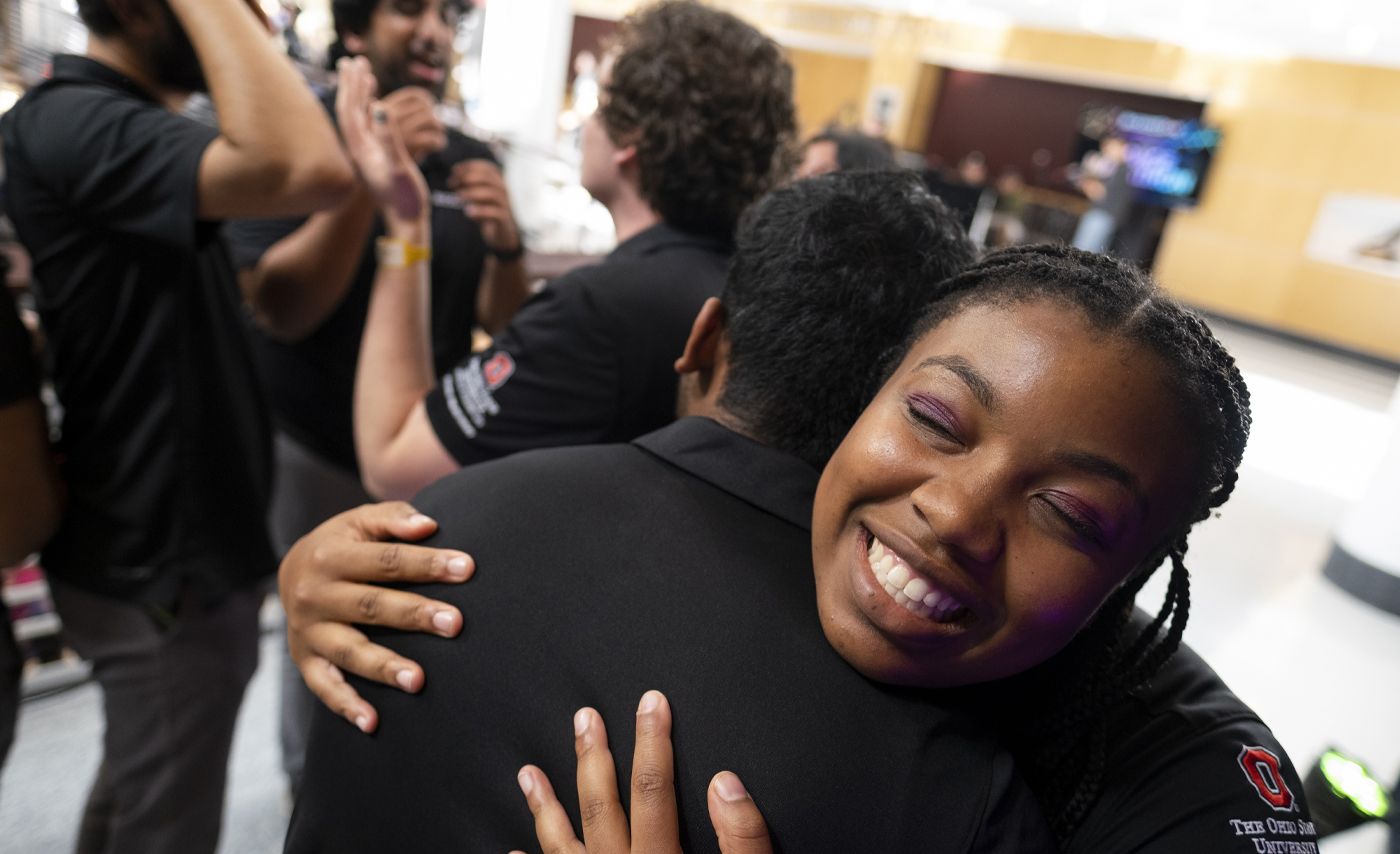Organ transplant surgeons have become miracle workers.
What for centuries seemed impossible — taking an organ from a dead body and putting it into someone else to save a life — has become reality.
“We’ve gotten very good at treating very sick patients,” said Dr. Sylvester Black, surgical director of liver transplantation, associate professor of surgery and co-director of Ohio State’s COPPER Laboratory. “Today it’s not unusual to see survival rates of 93% to 96% or higher in transplanting of kidneys, livers and other organs.”
“When you think of those rates and compare them to some cancers or severe heart disease, it’s amazing. Transplantation is a modern miracle.”
But it’s not perfect. Black and his colleagues within the COPPER Lab are trying to take transplantation to new levels to help even more people. He recently spoke to us about the research and breakthroughs in organ transplantation.
You have waiting lists that can be in excess of 100,000 potential recipients and you’re doing 20,000 or 30,000 or maybe 40,000 transplants in your best years. So there’s a huge discrepancy between the number of people on the waitlist and the number of people who can actually receive transplants.
Part of the reason is our donor population is aging. You’re working with less high quality organs. With a lot of older organs, they have more fat, damage or injury and come from sicker, older donors. So many of them go unused because as surgeons we’re trying to extrapolate what the risk is to the recipient.
The body is a very harmonious system that works in concert to keep the whole organism alive. When a donor dies, tissues start deteriorating immediately and quickly. There’s something about how the brain helps keep our organs functioning in peak condition that’s not facilitated once the brain is dead.
The goal of these machines is to make it so that when you take a liver out, for example, the liver doesn’t realize it’s in a machine; it thinks it’s in a hospitable environment such as the human body.
Also, as a surgeon, you can use these machines to assess the organ’s function. You can watch hearts beat and pump blood or lungs breathe and exchange oxygen and livers make bile.
You overcome one of the huge hurdles with transplantation in that you can evaluate donor organ function. It takes the guesswork out and it removes the organ from the death physiology so it has a chance to recover in a non-stressed environment.
Everything is optimized.
There are a number of clinical trials happening with these machines, and as technology improves, there’s going to come a day when we just put an organ on one of these machines, and the machine makes decisions.
We are trying to not just keep the organs alive but repair the organs that are unusable. So we’re developing therapeutics that repair the damage at the cellular level.
The other initiative we’re developing is a synthetic perfusion solution that is analogous to blood to support long-term perfusion on these machines — two-to-three weeks or longer, so you can repair or potentially genetically modify that organ.
Imagine a day when you are able to take an organ from another person, put it on a machine, keep it alive, use technologies to change the surface proteins on an organ that was once genetically somebody else’s and change it to be very similar to yours, where your body recognizes it as its own. That’s the next phase and that’s what we’re excited about.
While immunosuppression is currently necessary to prevent the body’s immune system from rejecting the transplanted organ, over time, generally many years, the medications become toxic and shorten the lifespan of the recipient.
For a 75-year-old, that’s fine. But what about 20-year-old patients? The current paradigm is to change the body, the immune system. But what we would like to do is change the organ; it is so much simpler. And the only way we’ll do that is to have it alive and supported long enough to change it on a molecular or cellular level. Then the organ could potentially last indefinitely.
As a surgeon in the operating room, I can help one patient at a time. But if we can be transformative in the field, we can help untold numbers of people.
I like to imagine what’s possible. I’m a surgeon-scientist at heart. I love to operate, but I also love to innovate. I’ve come to the conclusion that to help as many people as I can, we need to change the paradigms in the way we practice now.
Every day we see people die who don’t need to die. We can do so much more.





